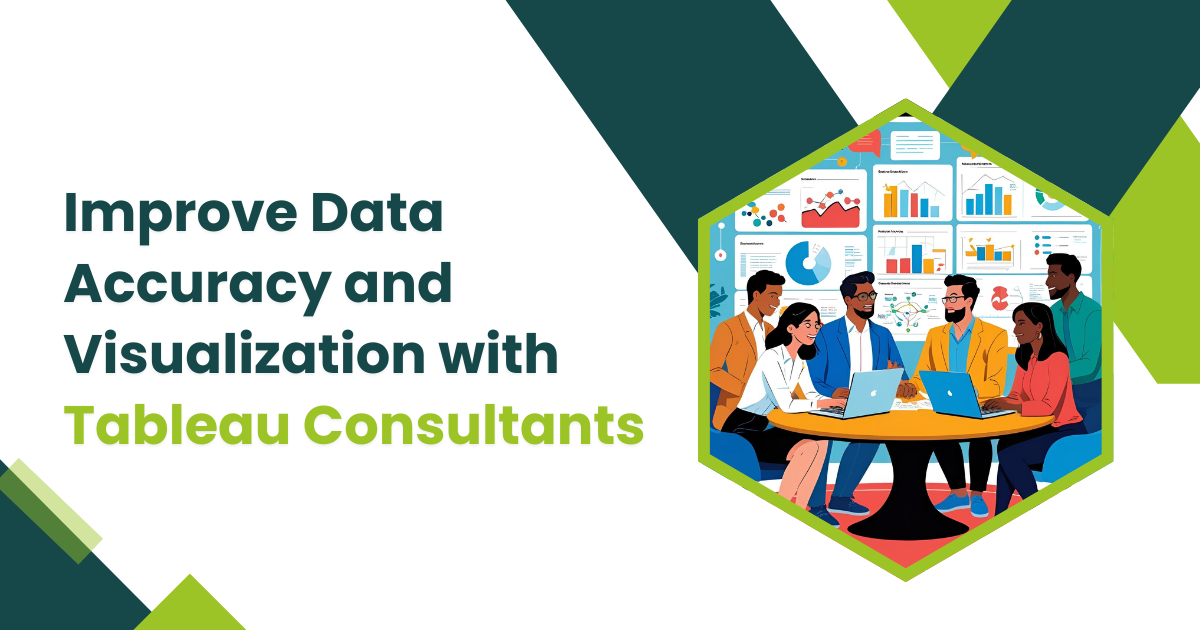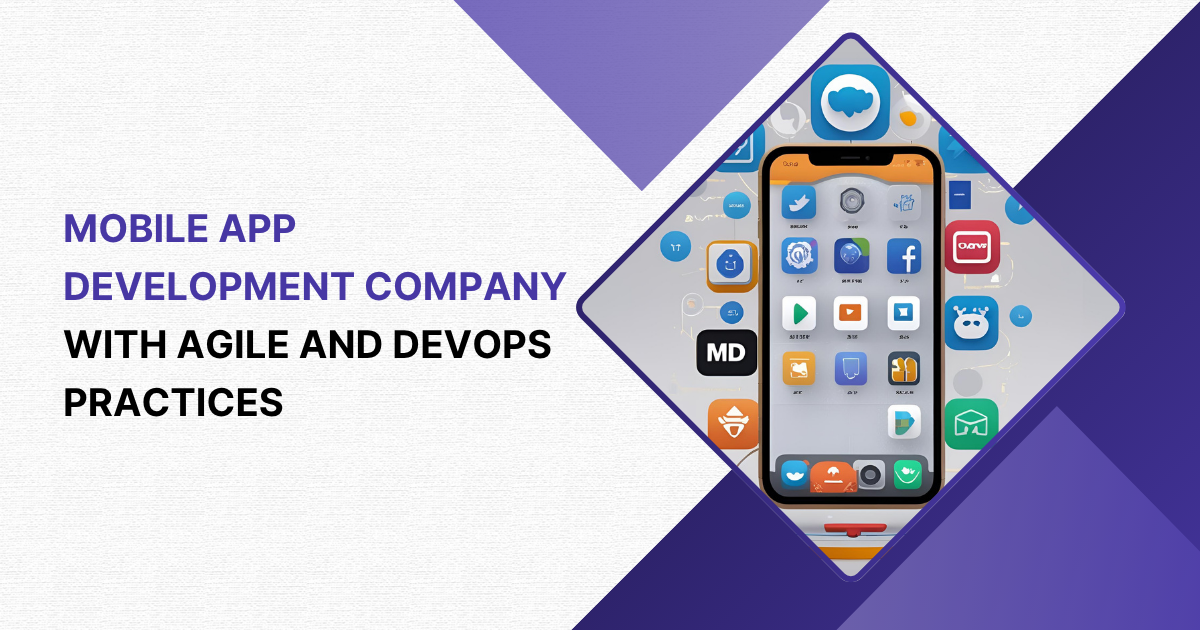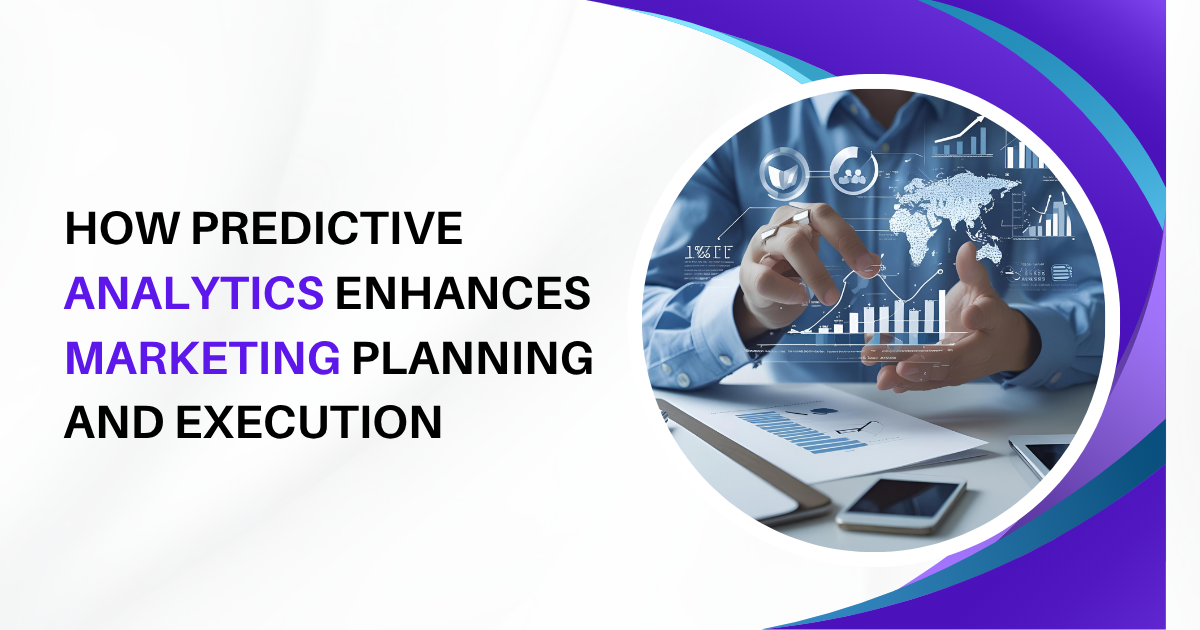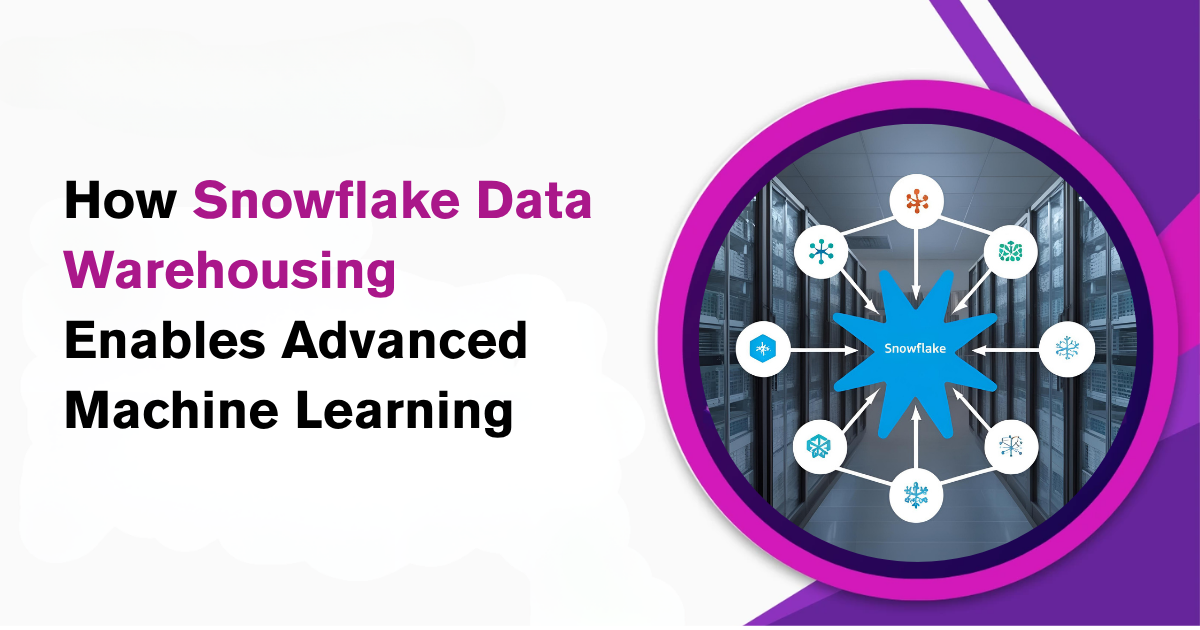Improve Data Accuracy and Visualization with Tableau Consultants

Strong 8k brings an ultra-HD IPTV experience to your living room and your pocket.
In business today, data is used to guide nearly every decision. However, without accurate data and strong visual presentation, even the best systems can produce poor results. Tableau consultants bring technical skills and industry knowledge to improve how data is handled and shown.
What Tableau Consultants Do
1. Key Responsibilities
Tableau consultants specialize in using Tableau to turn raw data into clear visual insights. Their work includes
-
Reviewing existing data sources and systems
Tableau consultants begin by reviewing current data sources and systems to understand how data flows, identify gaps or redundancies, and ensure the foundation is ready for accurate reporting. - Fixing data errors and setting up checks
They correct data errors, such as duplicates or incorrect formats, and implement validation checks that prevent future issues, ensuring all insights are based on clean and reliable data. - Building custom dashboards
Consultants create dashboards tailored to specific business needs, using appropriate visual elements, filters, and calculations to provide users with relevant and clear insights that support informed decision-making. - Training staff to use Tableau properly
They train staff at all skill levels, teaching how to explore dashboards, apply filters, and build simple reports, ensuring employees can interact with data confidently and effectively every day. - Supporting long-term use and upgrades
Consultants provide ongoing support, helping with software upgrades, new feature integration, and regular audits, so Tableau continues to perform well and evolve alongside changing business requirements.
2. Importance of Data Accuracy
Inaccurate data leads to wrong conclusions. Poor data can result from human error, system issues, or format mismatches. Accurate data helps business leaders act with confidence. A clean and verified dataset improves trust across departments.
Better Visualizations with Tableau
1. Selecting the Right Visual
Good visual choices make insights easier to understand. Consultants pick the best chart types for each need:
- Bar charts: Compare numbers across groups
Bar charts are ideal for comparing values across different categories, such as sales by region or product type. They provide a clear view of group performance at a glance. - Line graphs: Show trends over time
Line graphs display how data changes over time, making them perfect for tracking trends like monthly revenue or website traffic. They help identify patterns, spikes, or declines quickly. - Pie charts: Show parts of a whole (used rarely)
Pie charts are used to show proportional data, like market share. However, they are used sparingly because too many segments can confuse viewers and reduce clarity in comparisons. - Heat maps: Show data density or activity level
Heat maps use color to represent data intensity, such as website clicks or sales volume by region. They are useful for spotting high or low activity areas visually and quickly.
2. Visualization Best Practices
Experts make sure dashboards follow these rules:
- Clean layout with clear labels
A clean dashboard layout with well-defined labels helps users understand the data quickly. Proper spacing, alignment, and text clarity reduce confusion and make key information easier to locate. - Limited color use for easier reading
Using a limited color palette improves readability and avoids distraction. Colors should highlight important data differences, not overwhelm the viewer, ensuring that users can focus on what matters most. - Filters for user interaction
Interactive filters let users explore data on their own. By selecting dates, categories, or regions, they can customize views and gain insights that match their specific needs and questions. - Simple navigation
Simple navigation allows users to move through the dashboard smoothly. Clear menus, logical page flow, and minimal clicks help people find the information they need without confusion or delay.
3. Visualization Example
A sales team asked for a dashboard to track weekly orders. The consultant created a set of line charts and heat maps that highlighted product demand by region. After rollout, sales teams reported faster response to trends.
Advanced Tableau Consulting Techniques
1. Data Joining and Blending
Consultants link many data sources into one view. For example:
- Sales data with customer data
Combining sales data with customer information gives deeper insights, such as purchase patterns by age or region. This helps businesses target the right audience and improve product or service strategies. - Marketing data with website activity
Linking marketing campaign data to website activity shows which efforts drive engagement. It reveals user behavior, helps track conversion rates, and allows teams to adjust messaging based on actual responses. - Financial records with time logs
Merging financial records with time-tracking logs shows how labor costs relate to project budgets. This helps in measuring productivity, managing resources, and identifying which tasks bring the most value.
These connections give a full view of operations.
2. Level of Detail (LOD) and Calculated Fields
LOD expressions allow calculations at different data levels. This means dashboards can show totals, averages, or rankings more accurately. Consultants often create custom fields to support business-specific needs.
3. Improving Performance
When dashboards slow down, it hurts usage. Consultants fix this by:
- Reducing data volume with filters
Applying filters reduces the amount of data loaded into Tableau dashboards. This improves performance by focusing only on relevant records, leading to faster load times and smoother user experience. - Optimizing calculations
Well-designed calculations reduce processing time. Consultants rewrite complex formulas and use efficient logic to improve dashboard speed, ensuring accurate results without slowing down performance or overwhelming Tableau’s rendering engine. - Using extracts instead of live connections
Extracts store a snapshot of data for faster access. Unlike live connections, they reduce query load on source systems and allow dashboards to perform well, even with large datasets.
A well-optimized dashboard loads in under 5 seconds, improving usability.
4. Automating Reports
Tableau consultants can automate updates and email reports on a schedule. This removes the need for manual exports and ensures leaders always see current data.
Business Benefits of Tableau Consulting Services
1. Lower Costs
Consultants reduce the time staff spend on manual work. They also prevent bad decisions caused by wrong data. Many companies report a 20% drop in time spent building reports.
2. Faster Decisions
Real-time dashboards help managers respond quickly. When reports are fast and easy to read, teams act faster and more accurately.
3. More Staff Participation
Consultants also train staff. This means more employees use data every day. In some cases, data usage across departments rises by over 50% after training.
Real Results from Tableau Consulting
1. Retail Case Study
A retailer had three separate data sources for online and in-store sales. The consultant joined the sources, cleaned the data, and built a single dashboard. This revealed that one region was underperforming. The company made changes and improved revenue by 12%.
2. Healthcare Case Study
A hospital wanted better reports on patient wait times. The consultant fixed timestamp errors, set up alerts, and built a real-time dashboard. Average wait times dropped by 18% after using the dashboard to manage traffic.
3. Financial Case Study
A financial firm used Tableau consulting services to improve its forecasting tools. The consultant added LOD expressions and dynamic filters. Budget reviews became 30% faster, and errors in monthly reporting fell sharply.
Picking the Right Tableau Consultant
1. Experience in Your Industry
Choose someone who knows your type of business. A retail consultant may not know hospital systems, for example.
2. Technical Skills
Look for someone who understands:
- SQL and database tools
A strong Tableau consultant knows SQL and database tools, allowing them to query, join, and structure data efficiently. This skill ensures data is prepared properly before visualizing it in Tableau. - Data quality practices
Consultants apply data quality practices such as cleansing, validation, and consistency checks. These steps prevent errors in dashboards and ensure the insights delivered are reliable, accurate, and aligned with goals. - Tableau functions like LOD and table calcs
Advanced Tableau functions like Level of Detail (LOD) expressions and table calculations help perform complex analysis. Consultants use these to control data aggregation and create precise, insightful visualizations.
3. Focus on Outcomes
A good consultant will ask about your business goals. They will build dashboards that answer your questions, not just show data.
4. Support and Training
Check if the consultant offers training for your team. Long-term value comes from tools your team can use and update.
How to Work Well with Consultants
To get the most from Tableau consulting services:
- Give clear access to your data
Providing consultants with easy and secure access to your data sources allows them to analyze, clean, and integrate information efficiently, speeding up the project without unnecessary delays or roadblocks. - Define your goals early
Clearly stating your business goals and reporting needs at the start helps consultants focus their efforts. It ensures that dashboards address real questions and deliver actionable insights. - Share your current reports and needs
Sharing existing reports and explaining what works or doesn’t gives consultants valuable context. This information guides improvements and helps avoid repeating past mistakes. - Involve the people who will use the dashboards
Engaging end users early ensures the dashboards meet their needs. Their input shapes design choices, making the tools practical and encouraging adoption. - Set up regular meetings for feedback
Scheduling frequent check-ins allows teams to review progress, address concerns, and adjust priorities. This keeps projects aligned with expectations and improves final outcomes.
Conclusion
Data is only valuable when it is accurate and easy to interpret. Tableau consultants apply their technical expertise to enhance both data quality and visualization. They help companies correct flawed data, create clearer dashboards, and train users effectively. Tableau consulting and Tableau consulting services save time, speed decision-making, boost dashboard adoption, and improve business results. For better reporting and faster insights, expert consulting is a wise investment.
Note: IndiBlogHub features both user-submitted and editorial content. We do not verify third-party contributions. Read our Disclaimer and Privacy Policyfor details.







